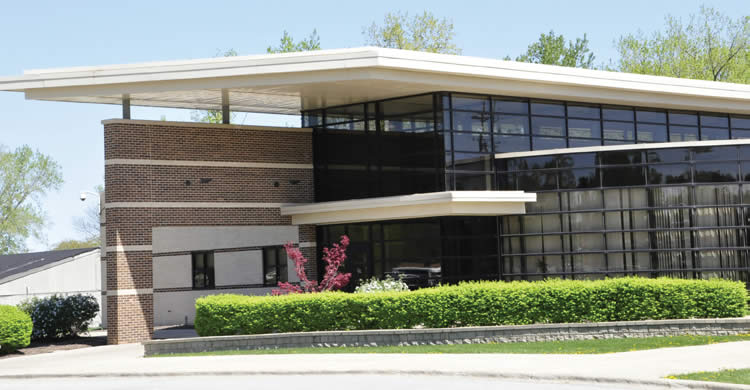Washington, D.C.–(ENEWSPF)–January 23, 2012. A new report released today from the Center for American Progress recommends the best approach for increasing teaching effectiveness, or the extent to which teachers can, and do, contribute to students’ learning.
Fueled in part by the U.S. Department of Education’s Race to the Top program, a massive effort to overhaul teacher evaluation is underway in states and districts across the country. The aim is to ensure that evaluations provide a better indication of “teaching effectiveness” and then act on that information to enhance teaching and learning in the classroom.
As states and districts begin to adopt policies to measure teaching effectiveness, their next step is to decide what kinds of strategies they will implement to increase the amount of measured effectiveness in the teacher workforce over time. At the heart of the debate about “teaching-effectiveness reforms” lie two very different types of strategies that school systems could leverage to increase the measured effectiveness of the teaching workforce. Sociologists and economists who study human capital call the first type of strategy “selection” and the second “development.” The report’s author, Craig Jerald, recommends a more memorable way to think of the two strategies:
- “Movin’ it”: This strategy treats a teacher’s effectiveness as fixed at any given point and time, then uses selective recruitment, retention, and removal to attract and keep teachers with higher effectiveness, while removing teachers with lower effectiveness. The resulting “churn in the workforce” raises the average level of effectiveness over time.
- “Improvin’ it”: This strategy treats a teacher’s effectiveness as a mutable trait that can be improved with time. If enough teachers improved their effectiveness, then the accumulated gains would boost the average effectiveness in the workforce.
The report argues that policymakers at all levels should seize the opportunity to move beyond the belief that schools need to choose one strategy or the other and instead encourage school systems to maximize gains in teaching effectiveness by leveraging a combination of “movin’ it” and “improvin’ it” policies. To do so means that changes must be made in “improvin’ it” policies.
The report concludes by providing the following recommendations to increase teaching effectiveness:
- Federal and state policymakers should incentivize school systems to eradicate ineffectual and unproven professional development and invest in proven models.
- School systems should describe how they will anticipate and prevent hurdles while supporting, overseeing, and monitoring professional development to ensure that it gets the results it should.
- Districts should conduct comprehensive audits of all of their investments in professional development to determine whether each investment, and all investments taken together, provides real opportunities for all teachers to improve.
- States and districts implementing new evaluation systems should take every step possible to ensure that the feedback teachers receive from evaluations is as valuable as teachers have been promised.
Read the report: Movin’ It and Improvin’ It! Using Both Education Strategies to Increase Teaching Effectiveness, by Craig D. Jerald
Source: americanprogress.org








